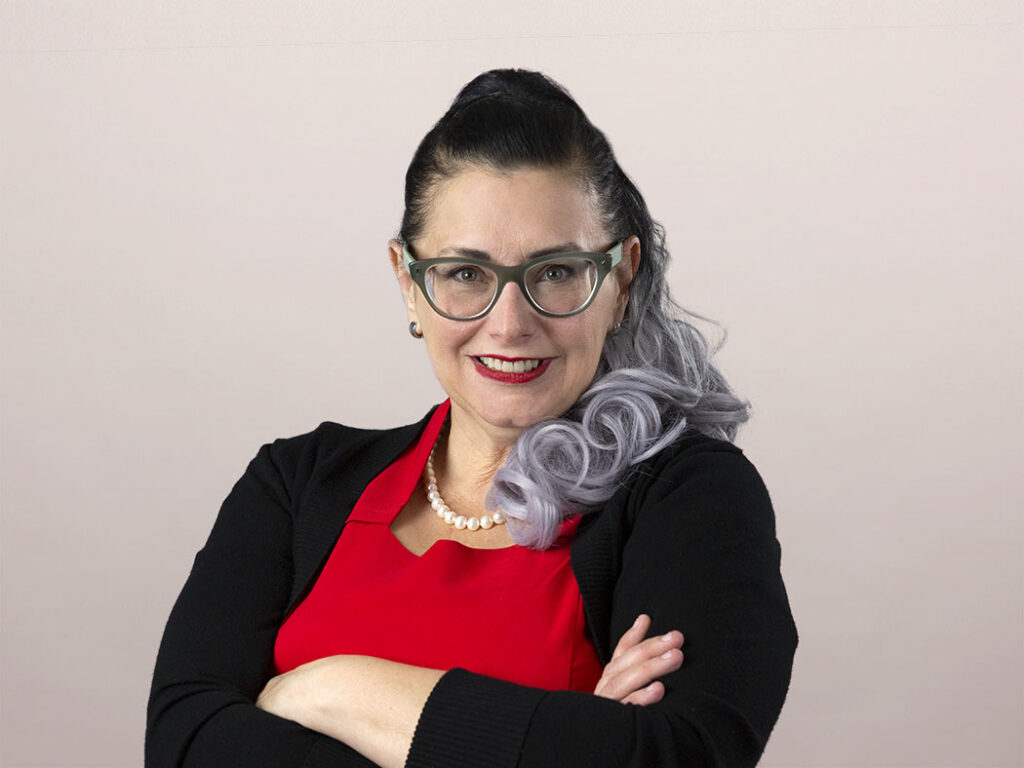The Top Systemic Risks Changed In 2022, And Climate Change Was Left Out In The Cold
It’s time for the latest “Top Systemic Risks” report. One of the biggest movers this year was climate change. Last year, as the pandemic dragged on, climate change ranked number five. This year, it ranked number eight. In the age of declaring climate goals and new markets requiring carbon reporting, corporations pushed climate change risk aside for other, more pressing risks. If consumers haven’t changed their mind about climate — and neither have employees — and lenders begin to judge a company’s ability to repay a loan based in some part on its climate strategy, why are companies less concerned about this risk? The corporation’s inability to plan for a third generation reflects people’s inability to deal with long-term and constantly changing threats such as climate change.
Change The Way You Talk About Climate Change And Other Long-Term Risks
We need to quit thinking about climate risks in the very near term. If we are talking about an annual risk assessment, is climate change the most pressing risk? Clearly not. Sanctions and economic uncertainty are top of mind today, but climate takes generational timelines. Plan incremental steps now to build on the larger risk strategy. Carbon accounting and other environmental sustainability reporting will find its place in the lexicon of the C-suite rather than as a burden to compliance executives.
We Need To Think More Like Medical Researchers
Think about climate change like medical research. Whole organizations are dedicated to fighting medical diseases, such as the Susan G. Komen foundation, American Lung Association, or the American Heart Association. Looking for cures takes decades … maybe a half-century or more. By building on the knowledge of the generation before, the next generation moves the ball forward toward the cure. Along the way, they develop new treatments and technologies in fulfillment of the mission, and people live longer, healthier lives. The researchers and scientists who work on these long-term goals hope that they will be the one to find the cure, but most of them won’t be — they exist to further the mission of the cure. There are people right now who are spending their entire career trying to find cures for cancer. That is how the sustainability team works: They have a generational mission, and they will build on their successes and take advantage of new technologies, all in the quest of reaching net zero and, ultimately, a future-generation-safe company.
Want to learn more about how to identify and prepare for climate change risk? Schedule an inquiry with me.
This blog post is part of Forrester’s Earth Day 2022 series. For more Forrester insights on sustainability, see the full set of Forrester’s climate action blogs.
